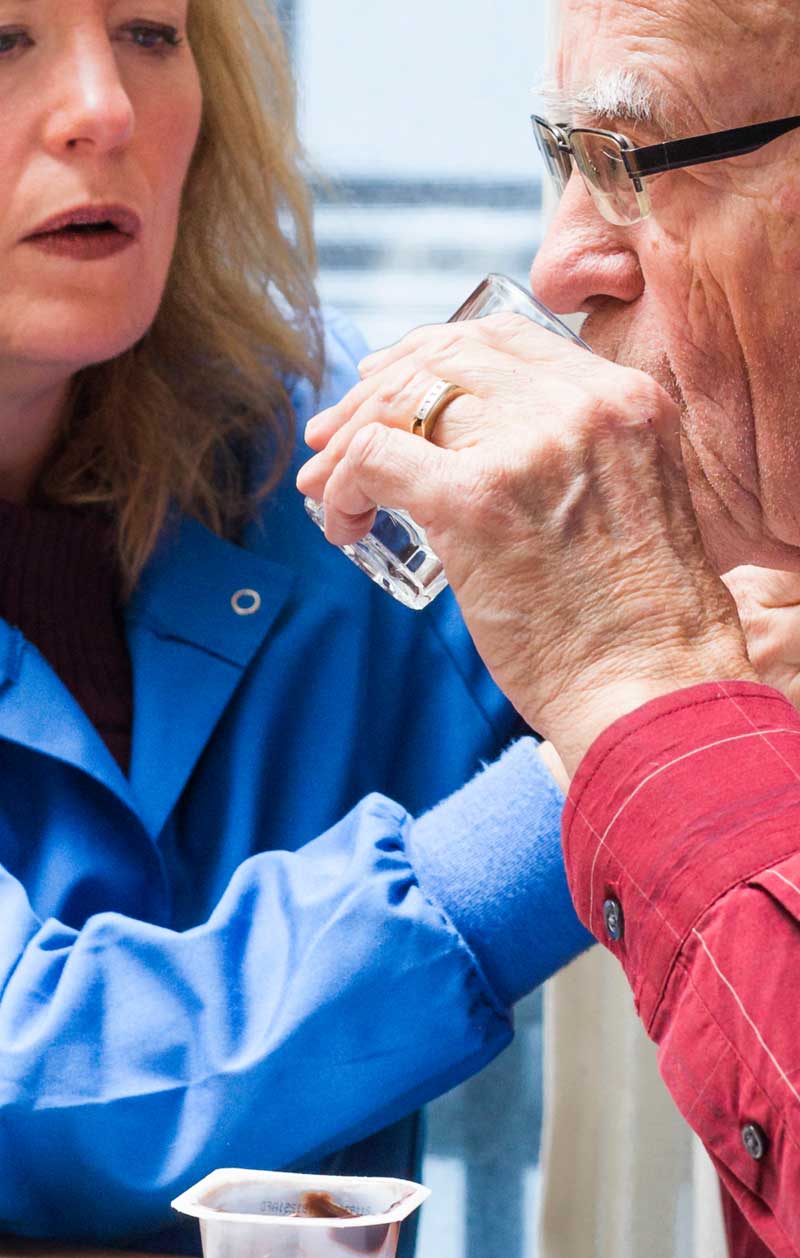Introduction
In the vibrant world of healthcare, dysphagia-- typically referred to as problem swallowing-- has actually become a considerable worry. This condition does not simply affect an individual's capability to eat; it can cause serious complications such as lack of nutrition, dehydration, and ambition pneumonia. For that reason, furnishing care team with the required tools for handling dysphagia successfully is paramount.
In this comprehensive guide, we will discover various elements of dysphagia monitoring, focusing on dysphagia training for carers, dysphagia care training, and the significance of organized programs targeted at promoting knowledge in this necessary area. From understanding the fundamentals of dysphagia to applying efficient communication strategies, this short article aims to provide a durable foundation for care staff.
Understanding Dysphagia: What is It?
What Triggers Dysphagia?
Dysphagia can emerge from numerous underlying conditions such as stroke, neurological problems, and even architectural abnormalities in the throat or esophagus. Each instance is distinct, demanding customized interventions.

The Importance of Very early Detection
Recognizing dysphagia early can make all the distinction. Signs and symptoms like coughing during meals or an experience of food getting stuck are signs that ought to never ever be ignored.
Types of Dysphagia
Dysphagia is normally classified right into two major types: oropharyngeal and esophageal dysphagia. Recognizing these distinctions is vital for proper management strategies.
Equipping Care Team with the Devices for Taking Care Of Dysphagia Effectively
Training Programs: The Backbone of Effective Care
Implementing detailed training programs is vital for any type of care center aiming to provide first-class support for locals experiencing dysphagia.
Components of Dysphagia Training Courses
These courses often cover:

- Identification and assessment techniques Safe swallowing practices Nutritional considerations Emergency feedback protocols
The Role of Evidence-Based Practice in Dysphagia Support
Utilizing evidence-based methods makes certain that treatment team employ methods that have been clinically proven to be effective.
Why Buy Dysphagia Training for Carers?
Enhancing High quality of Life
Effective administration of dysphagia leads to enhanced lifestyle for individuals affected by it. Educated personnel can aid guarantee safety and security throughout nourishments and offer psychological support.
Reducing Healthcare Costs
Proper training reduces dangers connected with dysphagia-- like health center readmissions-- consequently decreasing general healthcare expenditures.
The Framework and Content of a Dysphagia Training Course
Course Objectives
Most courses aim to achieve specific objectives such as boosting expertise about ingesting mechanisms and acquainting personnel with numerous assessment tools.
Interactive Learning Approaches
Incorporating interactive components like role-playing scenarios or simulations can considerably improve the understanding experience for care staff.
Dysphagia Training for Registered nurses: A Specialized Focus
Unique Challenges Encountered by Nurses
Nurses frequently encounter clients with intricate medical histories where dysphagia might be just one aspect of their care. Specialized training outfits them with the abilities needed to take care of these complexities effectively.
Integration with Other Clinical Protocols
Nurses need to be proficient at incorporating dysphagia administration within wider medical therapy plans, ensuring cohesive person care.
Creating a Safe Atmosphere for Individuals with Dysphagia
Dining Considerations
Meal prep work ought to think about texture-modified diets and appropriate meal settings that cultivate convenience and security throughout eating.
Supervision Throughout Meals
Care staff must be educated on how to monitor people while they consume, continuing to be vigilant for any signs of distress or difficulty swallowing.
Communication Methods in Taking care of Dysphasia
Importance of Clear Communication
Effective communication between treatment team and homeowners is important. Team ought to discover how to dysphagia care training describe dietary restrictions clearly without causing anxiety about eating.
** Using Visual Aids
Visual aids can function as useful devices when communicating important information relating to nutritional alterations or secure swallowing techniques.
Support Solutions within Treatment Facilities
** Establishing a Multidisciplinary Team
Having a team that consists of speech specialists, dietitians, and nursing staff promotes an atmosphere where detailed treatment thrives.
** Family Involvement
Engaging family members in discussions regarding their liked one's condition not only supports emotional health yet likewise creates a shared understanding which can favorably affect conformity with dietary recommendations.
FAQs Concerning Taking care of Dysphasia
What are common signs of dysplasia?
Common signs include coughing while consuming, trouble controlling food in the mouth, and regurgitation.
How can I understand if a person has dysplasia?
Look out for modifications in eating behaviors, weight management, or problems about trouble swallowing.

Is there a specific diet recommended?
Yes! Soft foods and enlarged liquids are often advised based upon individual analyses by health care professionals.
Can medicines influence swallowing ability?
Absolutely! Some medicines might trigger dry mouth or other side effects that influence ingesting comfort.
How commonly needs to training be updated?
Regular updates (a minimum of every year) ensure that treatment team remain educated concerning ideal techniques associated with dysplasia management.
li10/ol1/hr2hr2/##
This write-up acts as a comprehensive resource aimed at cultivating understanding among caregivers concerning handling dyspraxia efficiently via proper training initiatives while also giving workable understandings right into creating supportive environments conducive to recovery.